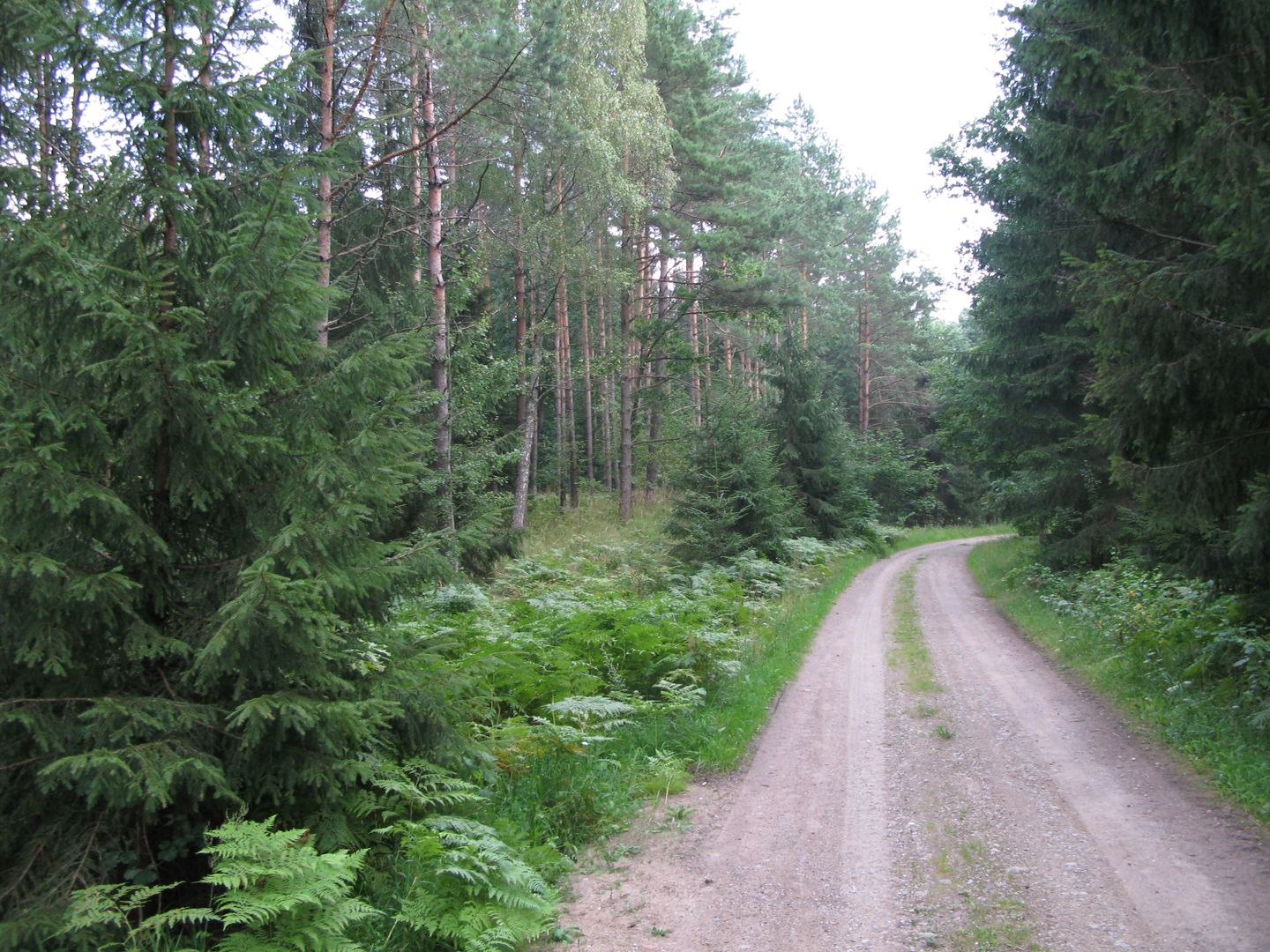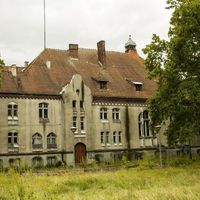Romnicka Primeval Forest
6

Overview
The Romincka Forest, also known as Romintos giria, is an extensive forest complex located in northeastern Poland and western Russia, covering approximately 35,500 hectares, of which 15,500 hectares lie on the Polish side. Geologically, it forms a transitional zone between the Masurian and Lithuanian glacial lobes, characterized by a strongly undulating terrain with significant elevation differences reaching up to 140 meters. The region's climate is harsh, with average temperatures of -5°C in January and 16-17°C in July. The flora and fauna of the Romincka Forest are unique and reminiscent of the taiga; it is dominated by pines, spruces, and many other tree species, and is home to Polish game species, including bison, moose, and wolves. The forest also hosts many rare plant species, including protected orchids. The history of the forest is rich—its name may derive from the toponym "Romowe," a site of pagan worship for the Prussians. In the 16th century, a new phase of settlement began, dominated by Lithuanian and Polish influences. In the 18th century, 20,000 Protestants from the Salzburg diocese settled here. In the 19th century, the forest served as a hunting ground for Emperor Wilhelm II, who had a residence in Rominty. After World War II, the region witnessed bloody clashes and was subjected to destruction by the Red Army. Today, the Romincka Forest is under nature protection, housing the Romincka Forest Landscape Park and numerous nature reserves. This enables the preservation of unique ecosystems and environmental education, offering educational trails that highlight the natural and cultural values of the area. Thus, the Romincka Forest represents an important part of Poland's natural, historical, and cultural heritage.
Location
You can also find here:
2025 Wizytor | All Rights Reserved

